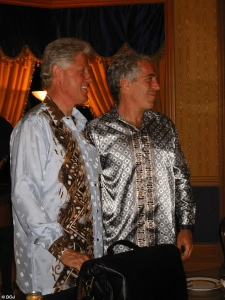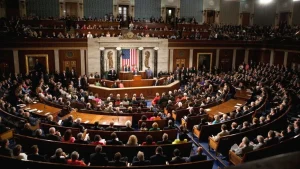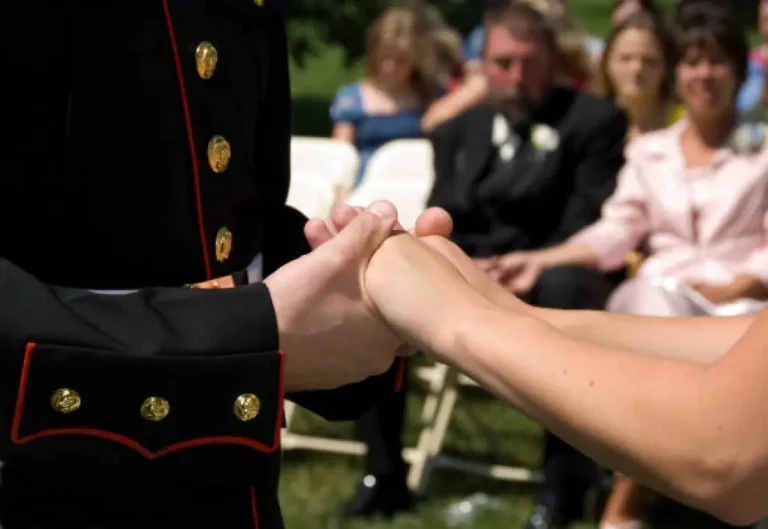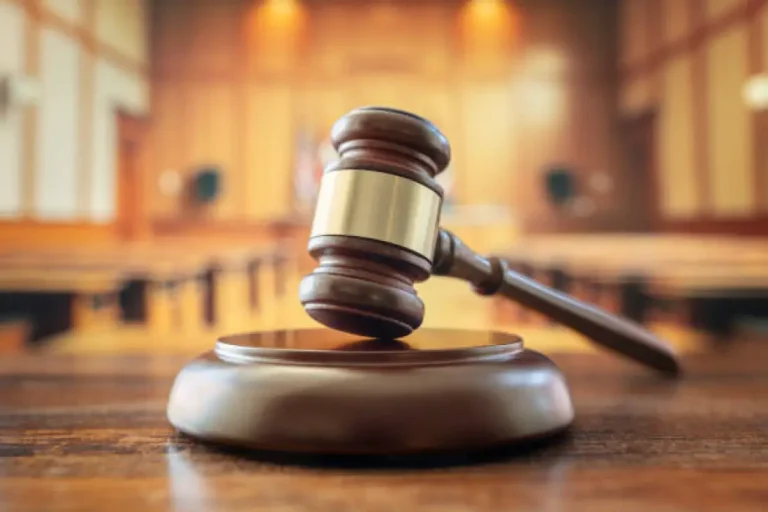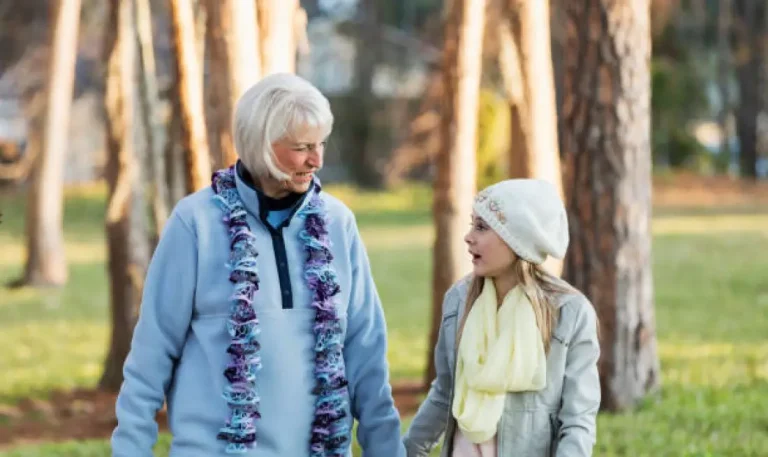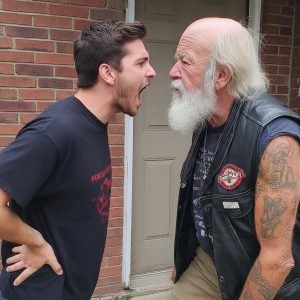Forgotten by Family, Imprisoned by Routine
For three long years, Harold Morrison sat by the same window in the Golden Years Care Facility, watching the world move without him. At 89, his days were reduced to pills, schedules, and silence. His family rarely visited—if at all. Staff sedated him when he spoke too much about his past.
To most, Harold was just another old man fading into obscurity. But Harold carried a secret. A secret that would turn his quiet room into the center of one of the most extraordinary escapes in modern memory.
Harold wasn’t just a patient. He was the founder of the Devil’s Horsemen Motorcycle Club, one of the oldest biker brotherhoods in America. And his brothers had just discovered he was still alive.
The Call That Changed Everything
The Devil’s Horsemen had thought Harold was dead. His own children spread the lie, hosting a memorial ride in his honor years earlier. They wanted his house, his money, and his possessions. Once he refused to sign over his property, they tucked him away in a nursing home and left him to rot.
But loyalty runs deeper in chosen family than in blood. The bikers—some original members, many sons and grandsons of those who rode alongside Harold—had spent nearly two years searching. Rumors had swirled: “Hawk’s still alive. He’s not gone. He’s just locked away.”
When confirmation came, 40 bikers mounted their Harleys, throttles roaring, and stormed the quiet suburban parking lot of Golden Years Care Facility.
Boots on the Linoleum
The moment they entered, the nursing home fell into chaos. Receptionists panicked. Residents peeked out from their doors. And at the front desk, a giant of a man—Big Mike, a rider Harold had once trained decades earlier—made his demand.
“Where is he? Where’s Harold Morrison?”
The staff resisted. The director, Mrs. Chen, threatened to call the police. But before the situation spiraled further, one voice cut through the tension.
It wasn’t a biker.
It was Nancy, Harold’s nurse of two years. The one person who believed his stories, who had seen the life drain from him every time staff dismissed his memories as “delusions.”
“Room 247,” she said. “Second floor. End of the hall.”
That was the moment the walls of silence broke. Boots thundered up the stairs. The Devil’s Horsemen were coming for their founder.
The Reunion
When Harold’s door opened, the scene could have been a Hollywood film.
There sat Harold, hunched in his wheelchair, staring blankly out the window. His hearing aids had been confiscated—too “agitating,” they said. He barely moved anymore.
But then Big Mike approached, his leather vest proudly displaying the Devil’s Horsemen patch Harold himself had designed in 1947.
“Pops,” Mike whispered, kneeling beside him. “It’s me. Little Mikey from Detroit. You taught me to ride back in ’73. Remember?”
At first, Harold’s eyes struggled to focus. His lips quivered, no words forming. Then his trembling hand reached for the patch. His fingertips traced the flaming wheel with wings. Recognition hit. His breath caught.
“My… boys?” he asked.
“Yeah, Pops. Your boys.”
And in that moment, Harold Morrison broke down. Tears—years of loneliness, betrayal, and sedation—shook his frail body. His brothers, gray and wrinkled but proud, filled the room. Some Harold remembered. Others were new generations carrying his legacy. All were family.
The Confrontation
The nursing home director stormed in with security, demanding the bikers leave. She called Harold delusional, claimed his family banned visitors.
But Nancy stood her ground. She pulled up historical photos—Harold leading veteran rides in 1969, raising millions for hospitals in the 1980s, and riding with thousands of brothers across the country.
“This is Harold Morrison,” she declared. “A war hero. A club founder. A man you’ve been drugging into silence because his truth didn’t fit your paperwork.”
The bikers backed her up. A retired police chief, now patched into the club, called it what it was: elder abuse. Another, an attorney, cited the law. If Harold wanted to leave, he could.
The room crackled with tension. Staff threatened lawsuits. The director warned of consequences. But the tide had shifted. Security refused to stop them. The bikers weren’t leaving without Harold.
The Vest and the Bike
Then Harold spoke. His voice, weak but defiant, cut through the noise.
“Get my things. Bottom drawer. Under the blankets.”
Nancy knew. She had helped him hide it.
She pulled out a worn leather vest, covered in patches and pins. The vest Harold had worn for decades on the open road. The vest that told his life story.
As she placed it over his shoulders, Harold straightened. The years melted away. His chin lifted, his spirit blazing.
“Now,” he said. “Now I’m ready.”
That’s when Big Mike revealed the final miracle.
“Pops… we found your bike. Your ’58 Panhead. Delilah.”
Harold gasped. His grandson had sold it years ago, but the club spent months tracking it down and restoring it. Now, gleaming in the parking lot, it waited for him.
For the first time in years, Harold smiled.
The Ride of a Lifetime
The bikers carried Harold from his wheelchair to the seat of his beloved Harley. They had modified it for safety, but Harold barely needed help. His hands wrapped around the handlebars like he’d never let go.
When the engine roared to life, the sound was thunderous. Residents cheered from the windows. Staff froze. The director raged.
And then, surrounded by a hundred bikers who had gathered as word spread, Harold Morrison rode free.
At 89 years old, after three years of imprisonment, Harold led his brothers down the highway, the founder once again at the center of the pack.
The Final Chapter
Harold didn’t die that day. He lived another eighteen months, cared for by his biker family, never again sedated into silence. He ate at their tables, advised on club matters, and told stories to new generations.
He passed away peacefully in his sleep, in his own bed above the clubhouse, wearing his vest. Not as “Patient 247,” but as Hawk Morrison—warrior, founder, legend.
His biological family tried to claim his estate. They failed. Harold’s will, written with the help of the club’s lawyer, left everything to the Devil’s Horsemen. They created The Hawk’s Nest Foundation, a fund to keep elderly bikers out of nursing homes and among family who understood them.
At his funeral, thousands of bikers came from across the world. Engines roared like thunder as they escorted Harold to his final resting place.
His children tried to cry for cameras. Nobody believed them. They had abandoned a legend. The Horsemen never had.
Legacy of Brotherhood
Today, Harold’s story is told across veteran halls, biker clubs, and communities who fight to keep their elders respected and free. His escape wasn’t just about one man—it was about dignity, memory, and the right to live authentically until the very end.
Every Sunday, members of the Devil’s Horsemen visit veterans in nursing homes, telling Harold’s story, reminding them that they are not forgotten. That family is more than blood. That brotherhood endures.
Harold Morrison proved something the world often forgets:
You’re never too old to be who you are.
Closing Thoughts
This is more than a story of bikers and rebellion. It’s a story of freedom versus confinement, loyalty versus betrayal, truth versus erasure.
It’s about what happens when society forgets those who built it—and how sometimes, it takes thunder on two wheels to set things right.
And every time an old Harley rumbles down a highway, carrying a rider with silver in his beard and fire still in his eyes, Harold Morrison rides again.

Emily Johnson is a critically acclaimed essayist and novelist known for her thought-provoking works centered on feminism, women’s rights, and modern relationships. Born and raised in Portland, Oregon, Emily grew up with a deep love of books, often spending her afternoons at her local library. She went on to study literature and gender studies at UCLA, where she became deeply involved in activism and began publishing essays in campus journals. Her debut essay collection, Voices Unbound, struck a chord with readers nationwide for its fearless exploration of gender dynamics, identity, and the challenges faced by women in contemporary society. Emily later transitioned into fiction, writing novels that balance compelling storytelling with social commentary. Her protagonists are often strong, multidimensional women navigating love, ambition, and the struggles of everyday life, making her a favorite among readers who crave authentic, relatable narratives. Critics praise her ability to merge personal intimacy with universal themes. Off the page, Emily is an advocate for women in publishing, leading workshops that encourage young female writers to embrace their voices. She lives in Seattle with her partner and two rescue cats, where she continues to write, teach, and inspire a new generation of storytellers.
